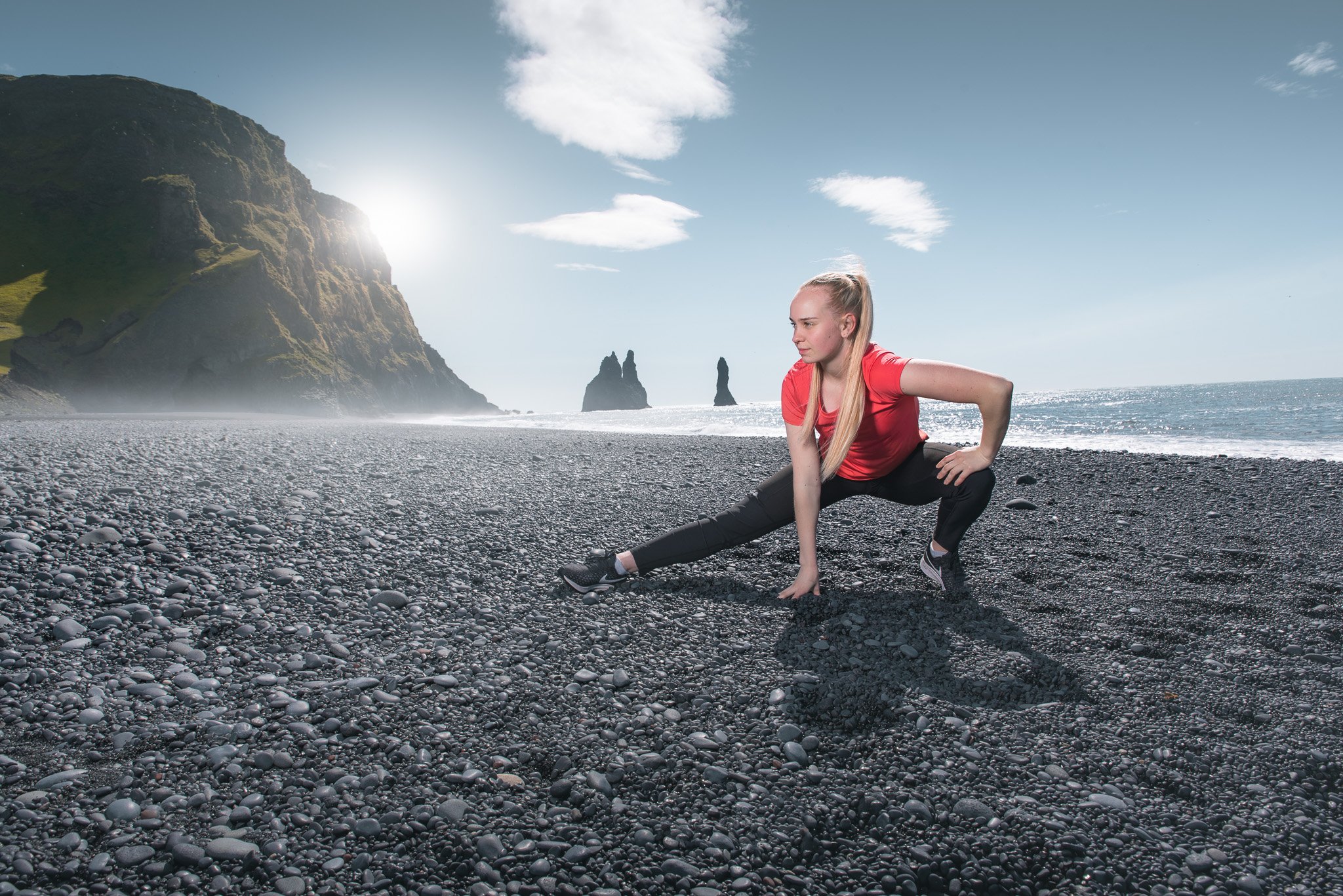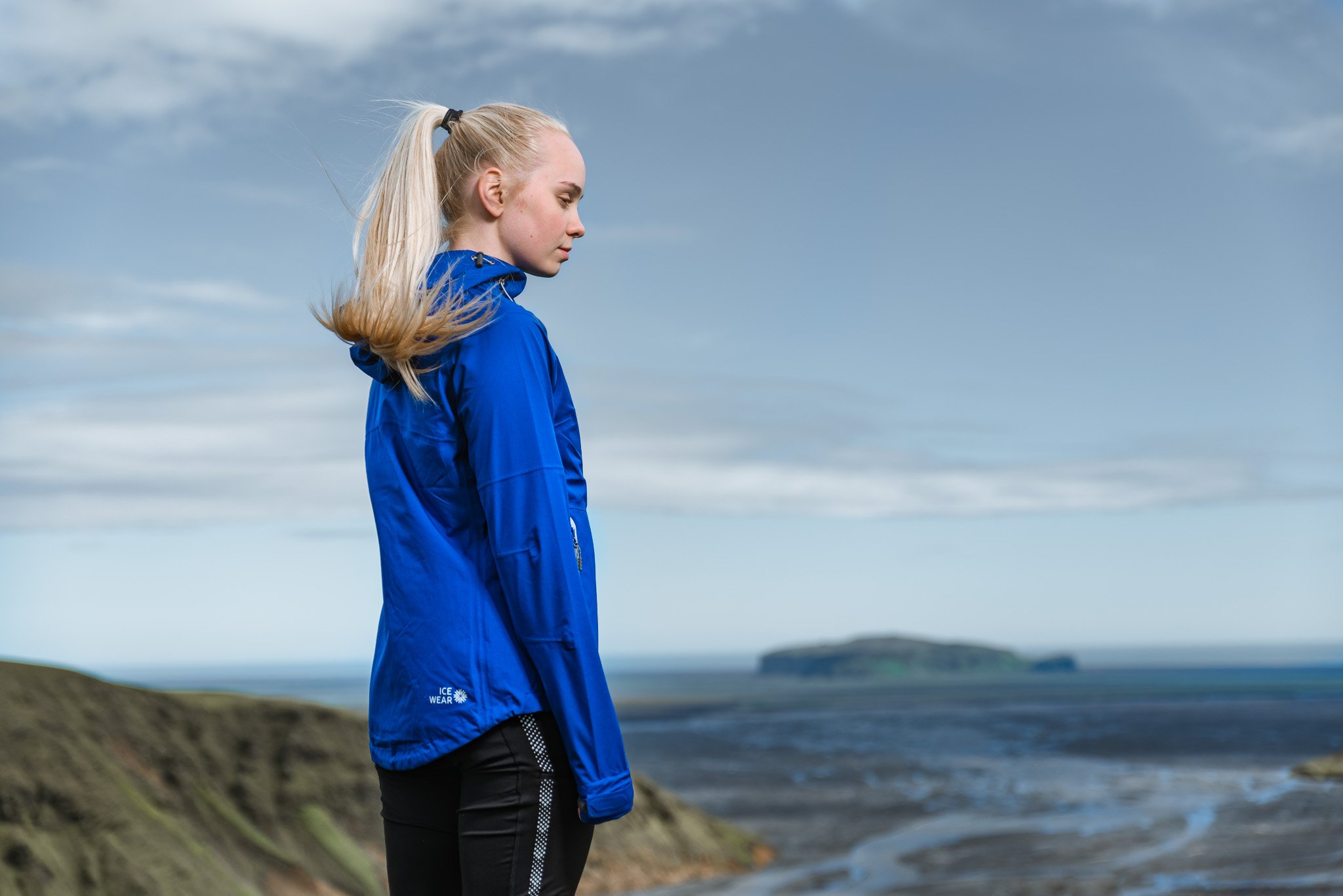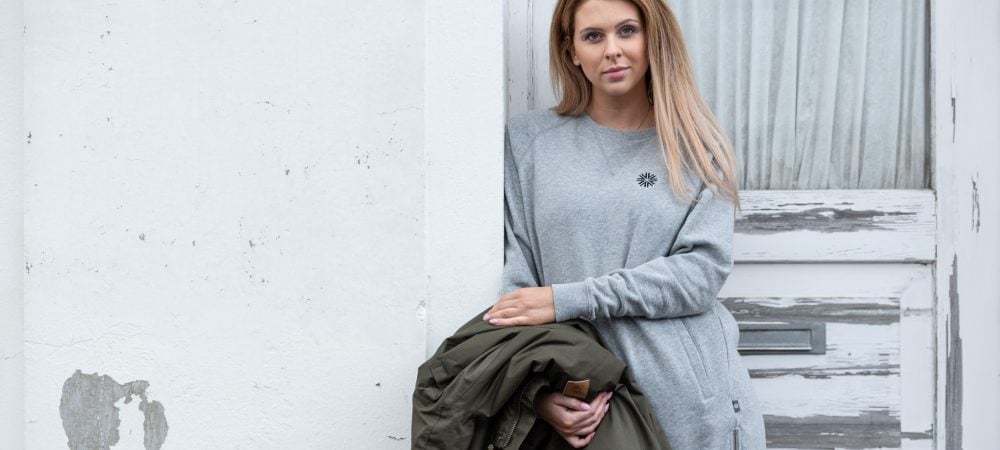Best Clothes for Summer: Clothes That Keep You Cool in Hot Weather
Hot weather is the perfect time to soak up the vitamin D, enjoy the outdoors, and embrace the warmer days. It can be a challenge to pick the best clothes for summer and to know exactly which materials and clothes keep you cool in hot weather however. Many think Iceland is cold all the time, but actually hot days can reach up to 24°C. We always recommend layering in the summer for that reason - be prepared!
We’ve worked with a mechanical engineer to understand the science behind which materials, and clothing choices are the smartest options for you to beat the heat. In this analysis you can find out what material blends are best to keep cool, what is the best material for summer fitness, as well as a range of other heat and clothing related questions.
If you’re interested in materials and their thermal properties, we also have an extensive guide on the best materials that keep you warm too, perfect for those chilly Icelandic winters.
CONTENTS:
Key findings for best summer clothing materials:
Which materials will keep you cool in the heat?
Is polyester good for summer?
Best material blends to keep cool
Best fabric for sleepwear in the heat
Best trouser material to keep you cool
Best sock material to keep you cool
Best material for hats in the heat
Best sports material to keep you cool
Methodology
Sources
Key findings for best summer clothing materials:
- Bamboo clothing is scientifically the best material to keep you cool in hot weather
- Linen trousers are the best option to beat the heat, followed by leather and cotton
- A melange-polyester blend is the best option for socks to keep your feet cool
- Silk pyjamas will keep you cooler than cotton and polyester on a hot night
- For a summer hat, science says twill is the best material to keep you cool
Which materials will keep you cool in the heat?
The best fabric for hot humid weather according to science is neoprene, like what you would find in a wetsuit. But most people aren’t going to wear that, so for everyday clothing, a bamboo fiber blend is the best at keeping you cool, followed by linen, leather, and a melange-polyester blend.
The materials that are best for you will also vary based on how much you sweat, what’s comfortable, and what is affordable and accessible. For example, 100% cotton shirts are perfect for summer because they offer good breathability.
With all this mind, our research has broken down the science for heat efficiency per individual item of clothing below. Find out the clothes that keep you cool in hot weather here.
Is polyester good for summer?
Our analysis shows that polyester is good for keeping you cool compared to cotton or wool, but is not as efficient as silk, linen or leather for example. A cotton and polyester blend is actually better at keeping you cool than just polyester on its own based on the material’s thermal coefficients.

Best material blends to keep cool
The best material blend to keep you cool is a melange-polyester blend, closely followed by a cotton-polyester blend due to their higher thermal coefficients, meaning more heat can escape through the material - a good thing in this case.
The best material blend for summer is a melange-polyester blend as it has a higher thermal coefficient
| Rank | Material | Temperature | Thermal Coeffecient |
| 1 | Melange+Polyester | 32 °C | K=0.1362 |
| 2 | Cotton+Polyester p | 32 °C | K=0.129 |
| 3 | Viscose+Lycra | 32 °C | K=0.103 |
| 4 | Cotton-acrylic blended | 32 °C | K=0.0732 |
| 5 | Wool-acrylic blended | 32 °C | K=0.0353 |
Generally, material blends may be less effective at keeping you cool due to their thickness and lack of breathability, especially when compared to items like linen or bamboo fibers.
Best fabric for sleepwear in the heat
Hot nights in the summer are not fun! Many pyjamas suitable for winter are thick and will make for an uncomfortable night’s sleep. The best fabric for sleeping in the heat is silk as it scientifically helps more heat pass through it compared to polyester and cotton.
| Material | Temperature | Thermal Coeffecient |
| Silk | 32 °C | K=0.068 |
| Polyester | 32 °C | K=0.055 |
| Cotton | 32 °C | K=0.045 |
| Polyester Fleeces | 32 °C | K=0.035 |
Sleeping without clothes on might also be an option, but the science is currently quite undecided on this topic, and for many, it simply is uncomfortable. If it’s too hot and you can’t sleep with the heat, try opening windows and getting a fan circulating air in the room.
Best trouser material to keep you cool
Interestingly, if all trouser materials were the same thickness, technically, leather would keep you cooler than linen, but we wanted to dig a bit deeper into this.
| Material | Temperature | Thickness | Thermal Coeffecient |
| Linen | 32 °C | 0.00198 | K=0.177 |
| Leather | 32 °C | 0.00301 | K=0.156 |
| Cotton | 32 °C | 0.00202 | K=0.031 |
| Denim | 32 °C | 0.00381 | K= 0.041 |
When accounting for an average thickness provided by manufacturers, we can see that linen does come out on top as the best option to cool you down on a hot day. The properties of the material allow heat to flow away from the body helping us to keep cool.
Our advice: if you don’t need to wear trousers, don’t, take advantage of dresses and shorts to give your legs a fresh summer’s breeze.

Best sock material to keep you cool
The best sock material for the summer is likely no material, making use of sandals and other open footwear. But if you have no choice and need to wear shoes for work for example, the best sock material to keep you cool is a melange-polyester blend, followed by a cotton-polyester blend. Whatever you do, leave the wool socks and wool-acrylic blend socks at home!
| Material | Temperature | Thermal Coeffecient |
| Melange+Polyester plated | 32 °C | K=0.1371 |
| Cotton+Polyester plated | 32 °C | K=0.1260 |
| Viscose+Lycra plated | 32 °C | K=0.1049 |
| Cotton-acrylic blended | 32 °C | K=0.0731 |
| Acrylic | 32 °C | K=0.0545 |
| Wool | 32 °C | K=0.0400 |
| Wool-acrylic blended | 32 °C | K=0.0355 |
Best material for hats in the heat
When rated by their thermal coefficient, twill is the best hat material for keeping you cool as it allows the most heat to pass through it from your body.
| Material | Temperature | Thermal Coeffecient |
| Twill | 32 °C | K=0.0876 |
| Polyester | 32 °C | K=0.055 |
| Cotton | 32 °C | K=0.045 |
| Knit | 32 °C | K=0.0432 |
| Wool | 32 °C | K=0.040 |
Surprisingly, polyester technically lets more heat pass through it than cotton for hats in the summer. You may find however, that cotton handles a sweaty forehead better than polyester due to its breathability.
Best sports material to keep you cool
If you’re looking to exercise or play sports in the heat, you need to pick the best materials to keep you cool.
As mentioned, technically, neoprene, the wetsuit fabric, would keep you the coolest, but you’re unlikely to play football or pick up a tennis racket in a wetsuit. With that in mind, the best sports material to keep you cool is made from bamboo fibers, closely followed by a mesh-polyester blend.
| Material | Temperature | Thermal Coeffecient |
| Neoprene/Polychloroprene | 32°C | K=0.199 |
| Bamboo fibers | 32°C | K=0.197 |
| Mesh/Polyester | 32°C | K=0.171 |
| Rubber* | 32°C | K=0.135 |
| Cotton | 32°C | K=0.045 |
| Gore-Tex | 32°C | K=0.028 |
| Spandex | 32°C | K=0.027 |
*You’re highly unlikely to have a rubber clothing item, but those with rubber sections on like knee pads, are benefitting from the material’s cooling properties!
Methodology
This analysis was undertaken in partnership with a mechanical engineer who specialises in heat and energy. They analysed the thermal coefficient to understand how cool clothing and different material would make the average person. In this case, the higher the number, the more heat can escape, therefore helping you to keep cooler in the summer.
This analysis took into account a hot summer day at 32°C and a warm inside temperature of 23°C to analyse the different thermal coefficients. The same thickness is assumed in the calculations to provide a fair reflection of the material’s cooling properties. Trousers were analysed with an average thickness per material from industry insight to provide a more true-to-life understanding of the cooling properties of trouser material.
Sources
- Heat and Mass Transfer: Fundamentals & Applications, Afshin Jahanshahi Ghajar and Yungus A. Cengel (2014 ed.)
- Icelandic yarn from UNITEX (https://www.unitex-factory.com/icelandic-yarn-unitex/)
- ‘International Energy Agency: Heat, Air and Moisture Transfer’ in Insulated Envelope Parts. Final Report, Vol. 3, Task 3: Material Properties, M. Kumar Kumaran
- ‘Functional Properties Improvement of Socks Items Using Different Types of Yarn’, Md. Mehedi Hashan1, K. M. Faridul Hasan, Md. Fazle Rabbi Khandaker1, Krisna Ch. Karmaker, Zhongmin Deng, Masud Jamil Zilani (http://article.sapub.org/10.5923.j.textile.20170602.02.html)
- ‘Feather waste as a thermal insulation solution: Treatment, elaboration and characterization’ (August 2019), Journal of Industrial Textiles
- Cloth thickness and weight (https://propercloth.com/reference/fabric-thickness-weight/)




